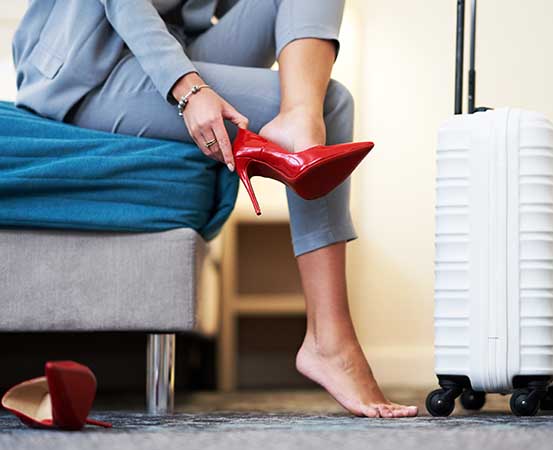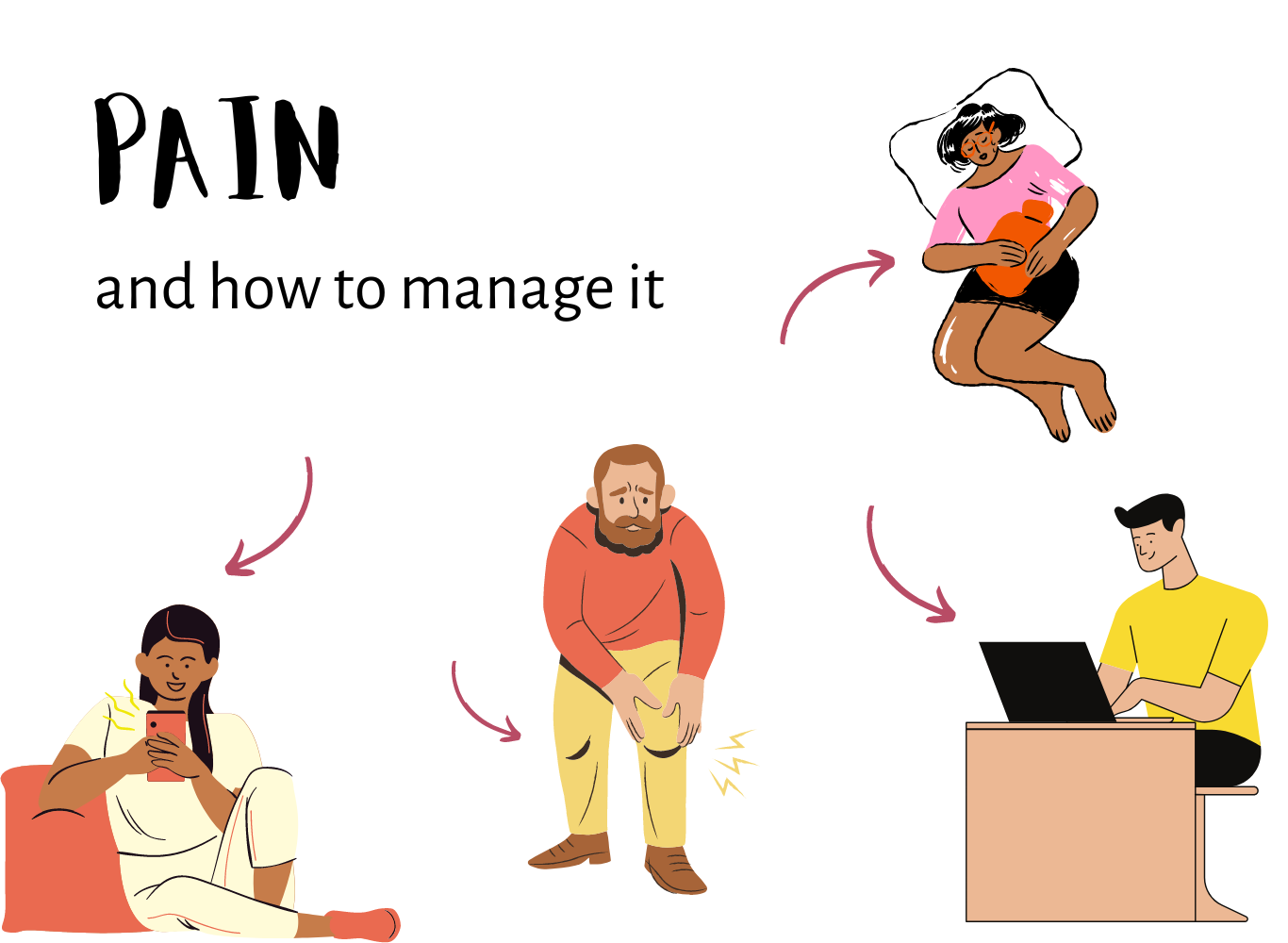
Swollen feet during or after travel is a common concern for many, attributed to prolonged periods of being seated in one position while traveling. This results in fluid retention and restricted blood flow to the limbs, causing swelling of the feet.
“The nature of the fluid is to settle or gravitate towards the bottom,” says Dr Sumol Ratna, general physician at Noida International Institute of Medical Sciences, Uttar Pradesh. “The blood automatically pulls towards the lower limb when we are seated. Prolonged sitting leads to venous pooling (accumulation of blood in the veins) in the lower limb and causes edema (swelling).”
Swollen feet: harmful or not?
Swollen feet from travelling can be uncomfortable at times, but they are not harmful. However, in certain instances, other pathological conditions may cause feet to swell which can be risky.
“People with diabetes, hypertension, varicose veins, heart-related and kidney-related conditions can also get fluid accumulated in their feet,” says Dr Sarika Jambhulkar, practicing podiatrist, V-Care Ankle and Foot Specialty Clinic, Mumbai. “Especially if they spend a lot of time sitting, the swelling will get aggravated.”
According to Dr Jambhulkar, the swelling brought on by travel often goes away in one or two days. If it is not resolved after that, it can be due to other pathological factors, consult a doctor.
How to prevent swollen feet while traveling
Physical activity: You are more likely to develop swollen feet while traveling if you have restricted movement. A sedentary lifestyle increases the chances as weak muscles can restrict blood circulation.
“Strong muscles can help facilitate the pumping of blood by providing greater support,” says Dr Jambhulkar. “Specifically, people who travel regularly or flight attendants must work on strengthening their leg muscles. It automatically improves circulation and reduces the chances of swelling.”
Avoid tight clothes while travelling: Blood and lymphatic flow (movement of lymphatic fluid through the lymphatic system) can be restricted by tight clothing, especially around the waist, thighs, or calves. As a result, sitting for a prolonged period of time wearing tight clothes can cause fluid retention in the feet and ankles.
Reduce your salt intake: Reducing salt intake is a healthy habit. “Excessive salt intake can lead to fluid retention in the body and raise the risk of developing swollen feet,” says Dr Ratna.
Wear stockings and adjustable footwear: Experts recommend wearing compression stockings to avoid getting swollen feet because they provide graduated pressure. They are designed tighter at the ankles and gradually loosen as they move up the leg. This design helps promote better blood circulation in the lower extremities and minimize fluid build up.
“Similarly, it is ideal to wear adjustable footwear while traveling, especially people who usually experience feet swelling during travel,” says Dr Jambhulkar. “If you are wearing close and compact footwear, you will find it extremely uncomfortable once swelling occurs. Footwear with adjustable straps along with stockings works the best.”
Feet movements to avoid swelling
Taking a break from the ride and moving around a bit will help the blood circulate and get the muscles moving. However, it will not always be practical. Experts advise that to reduce the risk of developing swollen feet, doing certain foot movements while seated would help.
“Movements like moving your ankle up and down by keeping the leg straight, pushing and relaxing the toes, help to activate your feet sitting in the same position while travelling,” says Dr Jambhulkar.
Takeaways
- Due to fluid retention and restricted blood flow, feet can get swollen while travelling.
- One can prevent swollen feet while travelling by leading an active lifestyle, avoiding wearing tight clothing and excessive salt intake.
- Taking short breaks between the journey if possible, moving your ankles up and down, or pushing and relaxing the toes can also help prevent swollen feet.















